First Ride: Trek Superfly Elite
Snappy reflexes with ultra-sharp steering
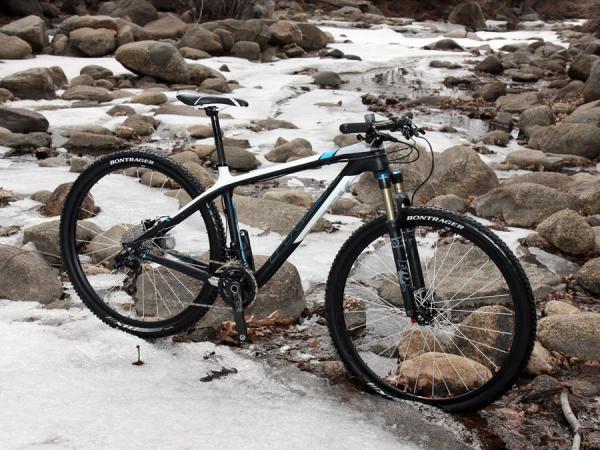
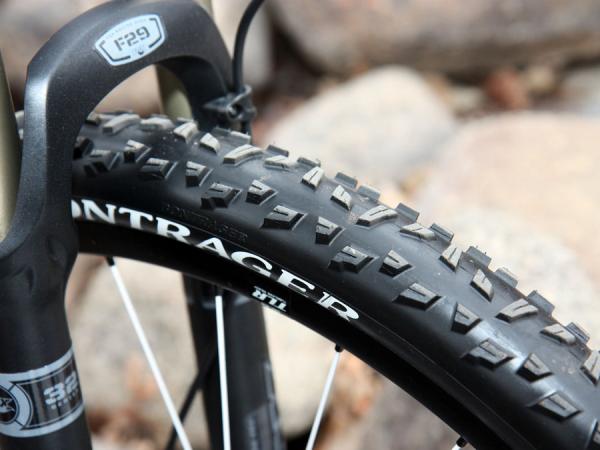
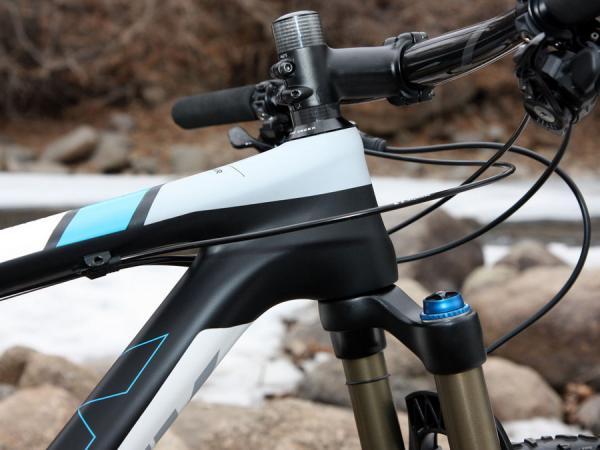
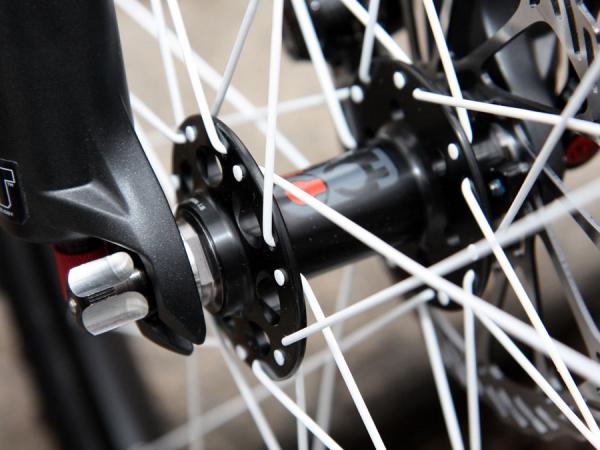
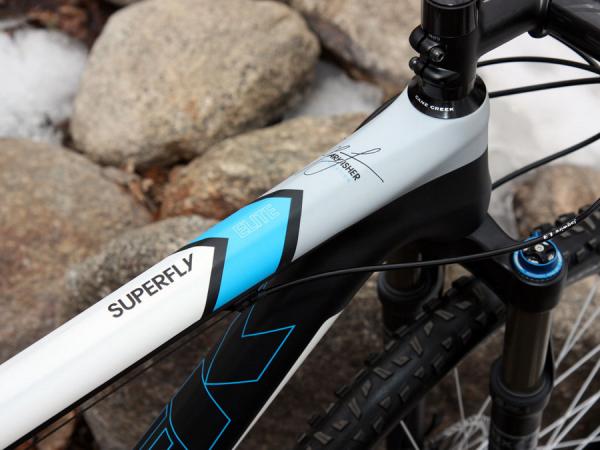
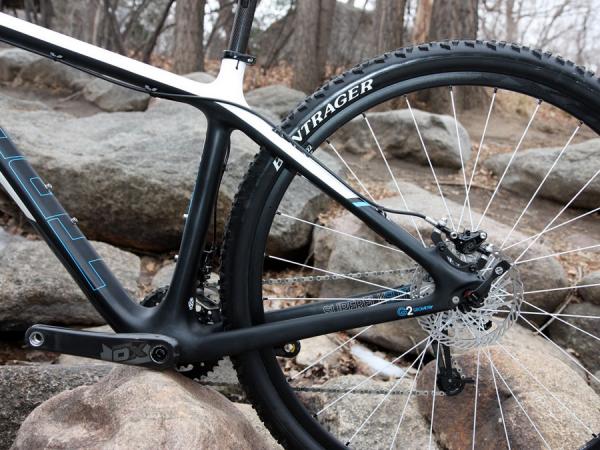
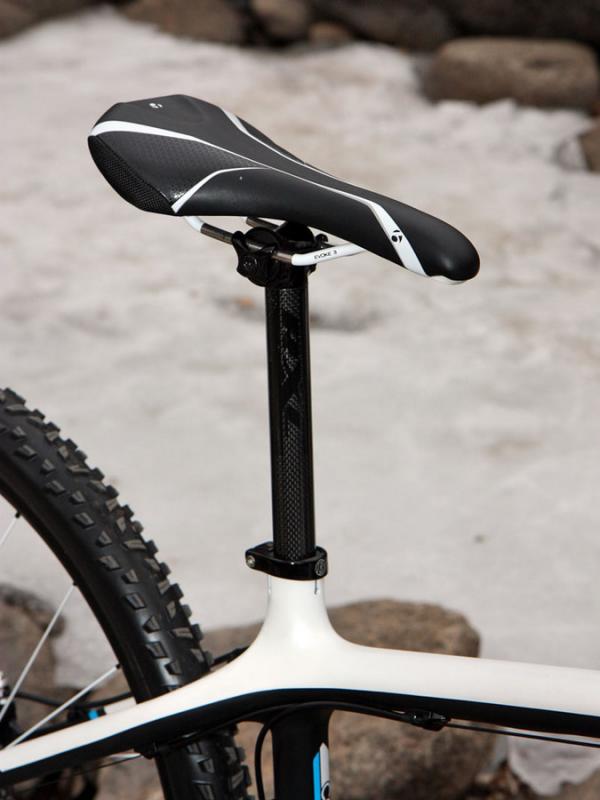
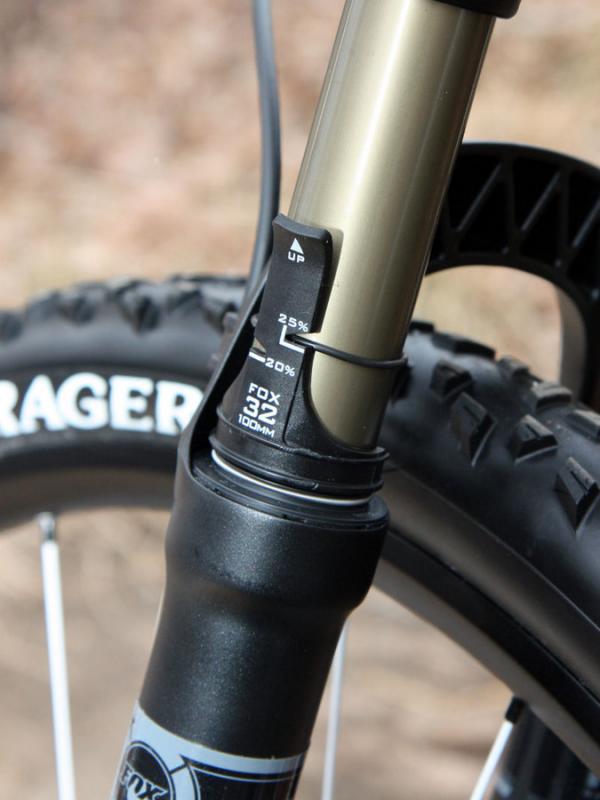
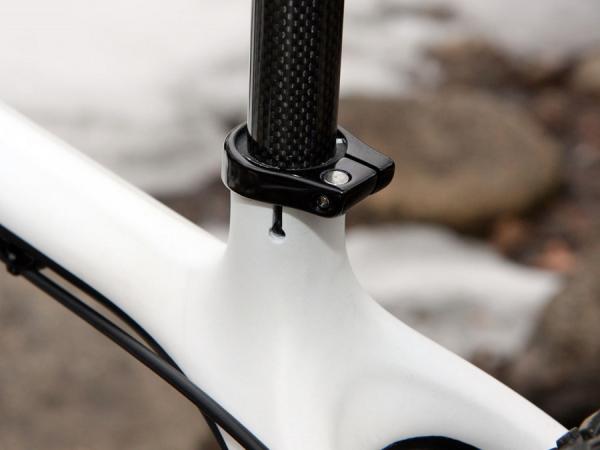
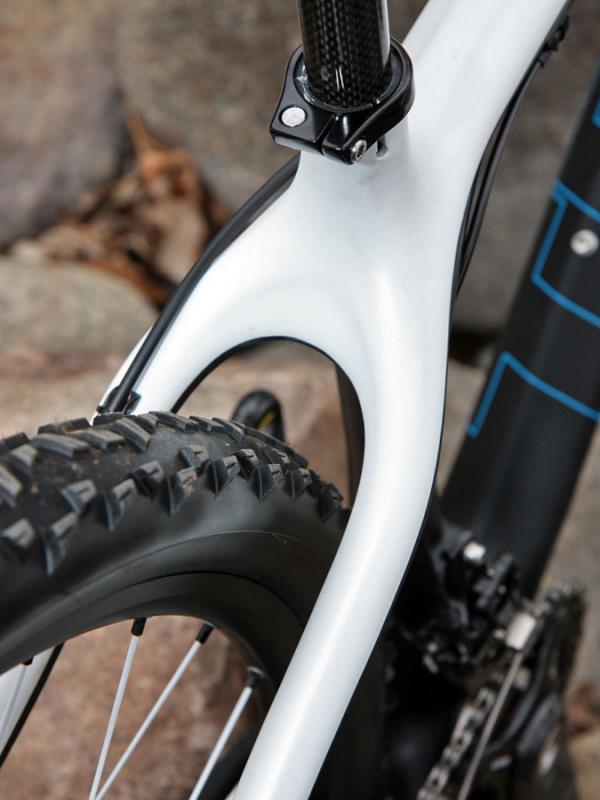
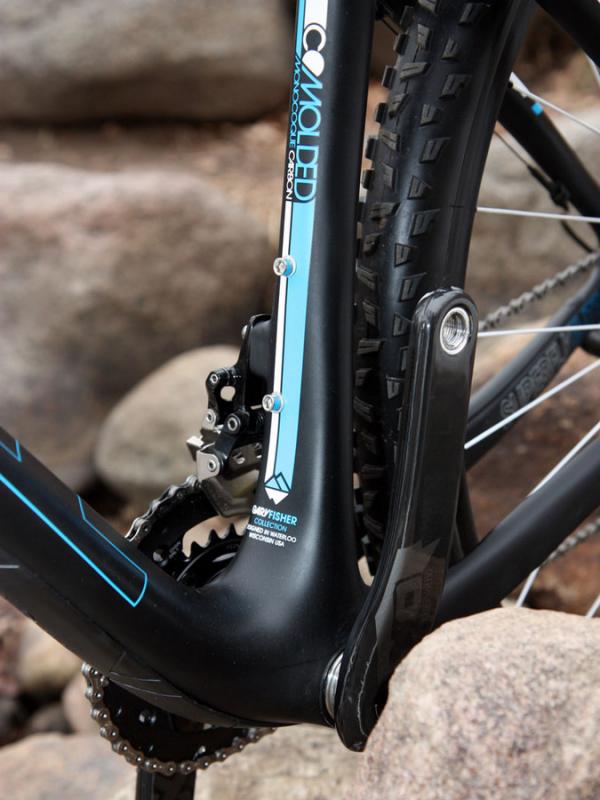
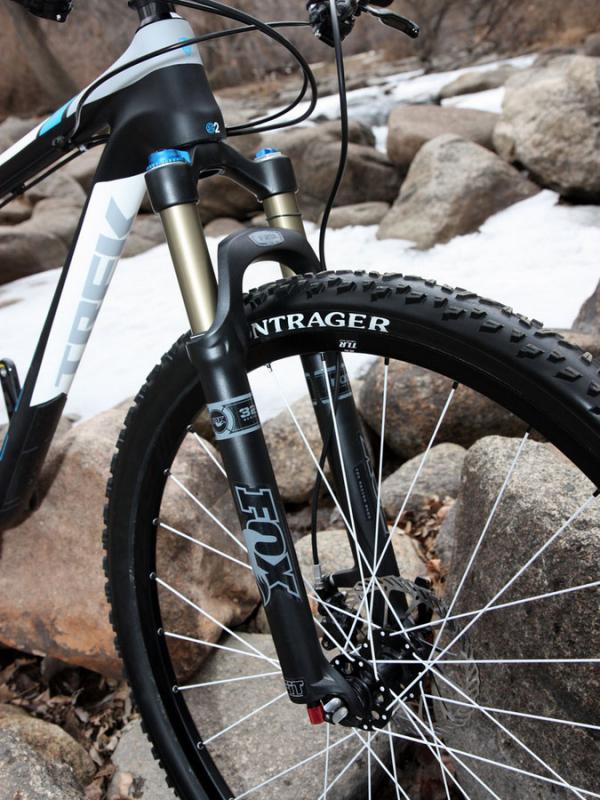
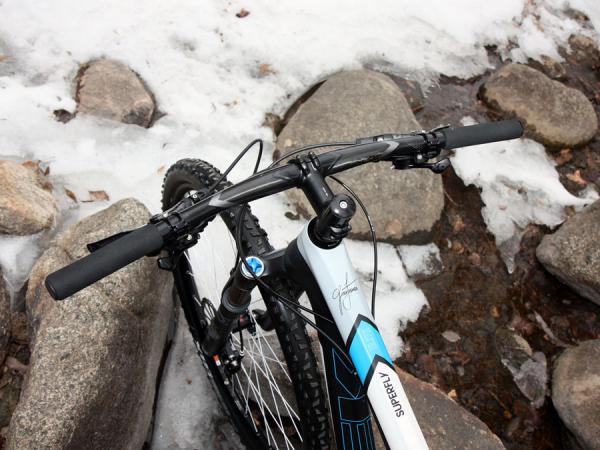
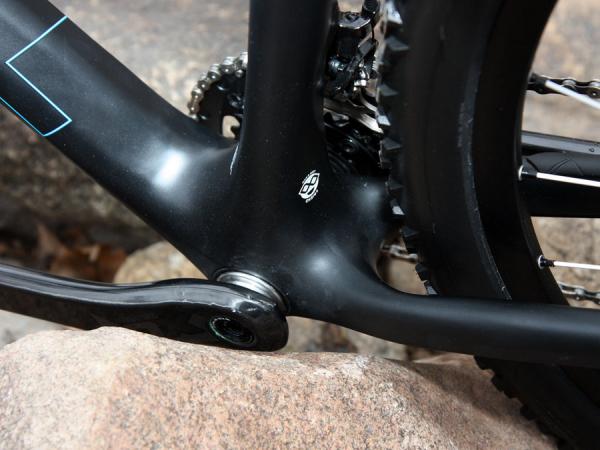
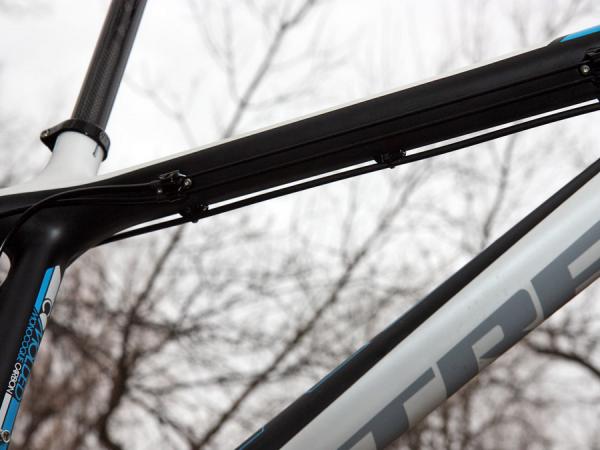
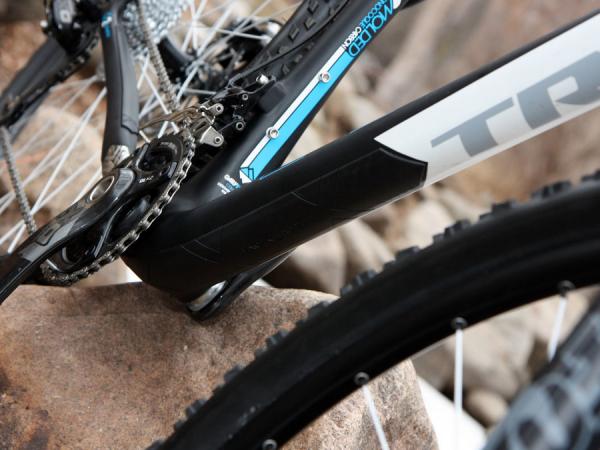
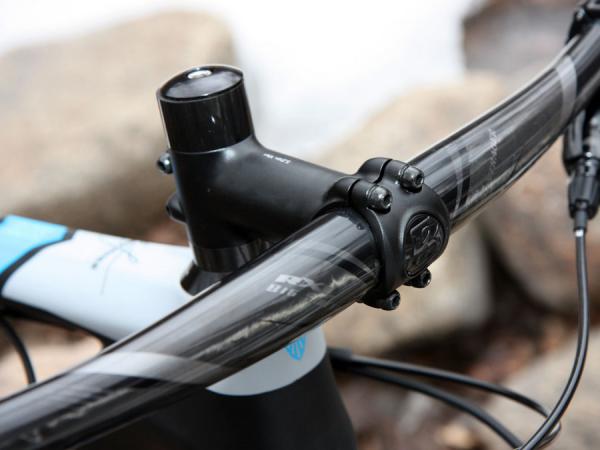
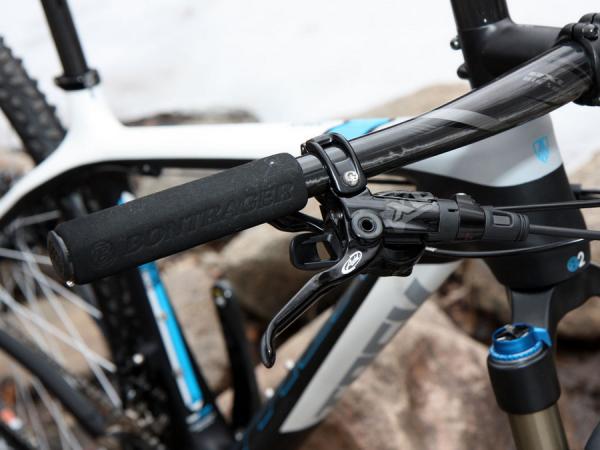
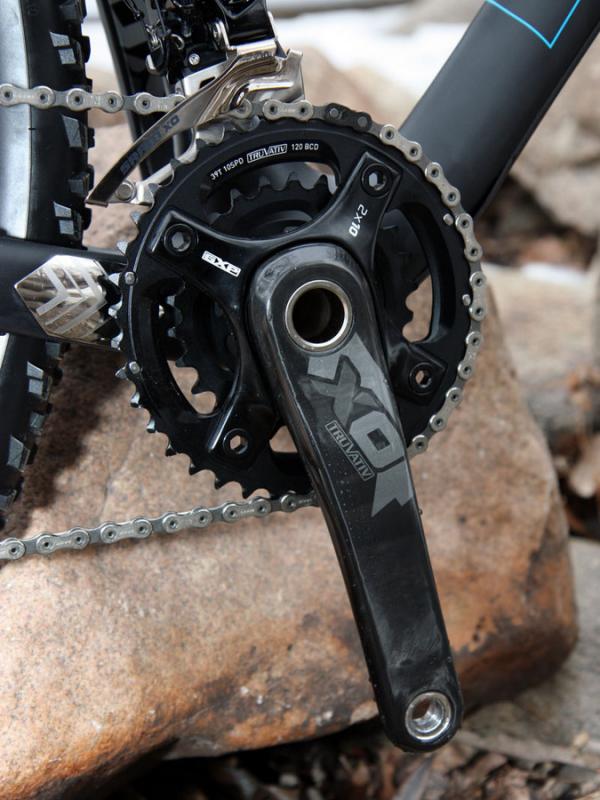
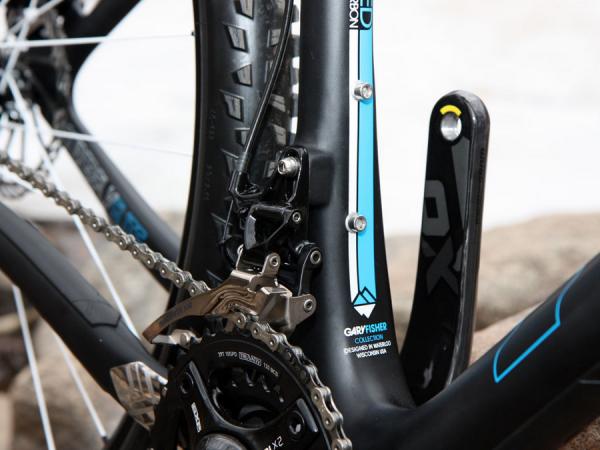
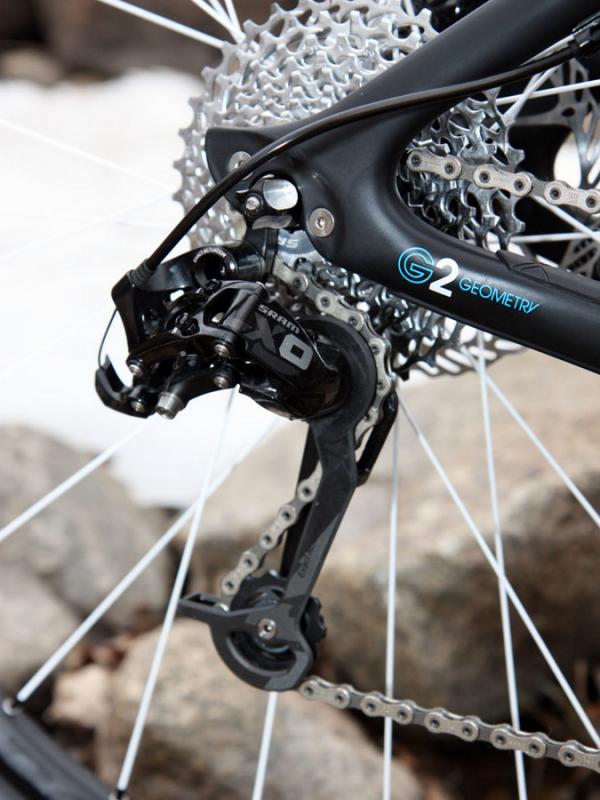
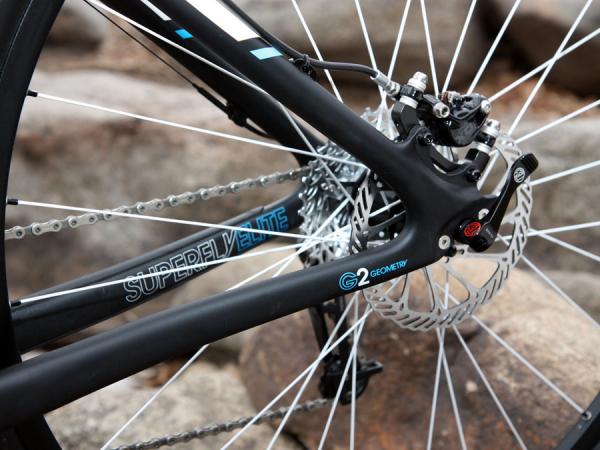
Trek was one of the earliest proponents of carbon 29" hardtails and its latest Superfly Elite 29er hardtail gets a wholly revamped frame for 2011. The test period has only just begun but it's already evident that this new version is notably sharper and leaner than its forebear.
Ride and handling: stiffer chassis delivers quick moves but a stiff ride, too
The Superfly's standout feature is its brilliant handling, courtesy of the Trek-exclusive G2 fork crown and its increased offset that produces trail figures similar to those of a standard 26"-wheeled bike. While other 29" frames can produce good handling characteristics via slightly steeper head tube angles or by simply having ultra-stiff, flex-free front ends, the Superfly tackles the root of the issue and just feels flat-out 'normal' with little to no adjustment period required.
High-speed stability is rock-solid as you'd expect from a two-niner but it's the low-speed stuff where the G2 design really shines. There's nary a hint of wheel flop and when the usefully wide Bontrager Big Sweep carbon bar with 12 degrees of rearward bend and short 90mm stem are added in, even tight corners are reduced to a simple matter of point-and-shoot as long as there's enough room for the 1,116mm wheelbase.
The newly puffed-up frame only further bolsters that intelligent geometry as there's now a greater sense of solidity to the structure overall. It's especially noticeable when you're bombing through sketchy terrain or muscling the bike out of the saddle as there's little front-end twang to pop you off your line. The 20mm front travel bump to 100mm augments the bike's abilities on a wider selection of terrain, too.
That added chassis rigidity also helps counteract the negative effects of the bigger wheels – namely their extra mass and inertia. While they'll never feel as quick to spin up as a feathery set of 26" hoops, the Superfly at least does a good job of the additional heft with its direct power delivery, all while still offering the same benefits – namely the ability to roll through and over obstacles with greater ease, the enhanced stability in technical terrain and the improved drive and cornering tracition.
In general, this latest iteration is less twangy and springy than last year's version and definitely more of a honed cross-country racer than it's ever been.
The latest race content, interviews, features, reviews and expert buying guides, direct to your inbox!
Ride quality leaves a bit to be desired, though, as while the Superfly is stiff everywhere it should be, it's stiffer than we'd like it to be elsewhere. Trek frame designers have specified a smaller-diameter 27.2mm seatpost to help lend a bit of cushion to the rider's back end but that's only useful when seated and it's plainly evident that there isn't much movement inherent to the frame itself.
This doesn't detract from the bike's thoroughbred capabilities but it does give us a bit of pause for multi-hour trail days and upcoming enduro events planned for later this season.
Frame and equipment: borrowed road tech and a high-performance, no-nonsense build
The new Superfly carbon frame borrows a few key features from other items in the Trek corporate design bag, namely the tapered 1 1/8"-to-1 1/2" tapered front end and 95mm-wide integrated bottom bracket shell – both with molded-in bearing seats that eliminate the redundancy of aluminum collars and sleeves.
Trek has also subbed in sleeker carbon fibre dropouts in place of the old alloy units though the faces are still protected by slim bolt-on aluminum plates that protect against aggressively knurled hub end caps. Down below, a glued-on Carbon Armor rubber cap protects the down tube and bottom bracket area from rock strikes so there's at least some assurance that this thing will withstand some abuse.
Much has been written about whether shorter riders can fit on 29" bikes and Trek deserves some major kudos here. Despite the bump to 100mm of travel up front, Trek still manages to include a 15.5" size in the range and keeps head tube lengths admirably short to help yield suitable bar heights. If you need more proof, consider that even team rider Willow Koerber seems to manage just fine at a height of just 1.57m (5' 2").
Naturally, Trek's in-house Bontrager division supplies as much as possible, including the Race X Lite FCC Scandium Disc 29 wheelset and matching tires, the aforementioned carbon bar and forged aluminum stem, as well as the comfy Evoke saddle and carbon-wrapped Race X Lite ACC seatpost. As we've already mentioned, the seatpost doesn't flex as much as we'd like on a hardtail like this but otherwise the rest of the bits are showing lots of promise.
The wheels are a noticeable improvement over some older 29" Bontrager wheels we've sampled in the past what with their taller flanges and modest bump in lateral stiffness, the swept-back Big Sweep is easy on the hands and provides much-welcome leverage over typical cross-country bars, and the Evoke saddle is supportive and comfy as we've noted in the past. So far, so good.
The jury's still out on the Bontrager tyres, though. The Subaru-Trek team mechanic was kind enough to expertly build our bike before we picked it up and subbed in a set of Bontrager XR3 tyres – his personal choice for local Colorado conditions. The open tread and meaty knobs grip pretty well on both loose terrain and hardpack and they're light at a claimed 545g apiece but the casings are rather stiff and small (despite their 2.1" marking), and they're not the fastest rolling on harder surfaces, either.
However, the verdict still stands on the lightweight Bontrager Race X Lite foam grips. For sure they're extremely light but they also tend to spin on the bars and they're not all that comfy. If foam grips are a must-have on your equipment list, ESI's silicone foam rubber jobbies are still the way to go (and coincidentally, what the team uses, too).
On the other hand, the SRAM XO group has been faultless for the first few rides. Shift quality has been on par with the much more expensive XX but with a firmer and more familiar lever feel, and the corresponding hydraulic disc brakes offer excellent lever feel along with easily controllable power.
Truvativ's Gutter-equipped GXP bottom bracket bearings seem much improved over older versions as well with far less initial drag and despite the two-piece construction, the carbon-and-alloy cranks are rock solid and thus far, creak-free.
Gearing is spot-on for the bigger wheels, too, with direct-mount 26/39T rings and a 12-36T ten-speed cassette.
Total weight for our tester as pictured is just 10.11kg (22.29lb) – 400g (0.88lb) heavier than the Scott Scale 29 RC we just wrapped up but more than US$2,000 cheaper at US$4,729.99.
Stay tuned for a more thorough long-term report once the local trails are in more consistently rideable condition but we're very impressed with Trek's latest big-wheeled racer so far.
Specifications - at a glance
Price: US$4,729.99
Weight: 10.11kg (22.29lb) as pictured, without pedals
Available sizes: 15.5", 17.5" (tested), 19.5", 21", 23"
Pros: Natural-feeling Trek-exclusive G2 front end geometry, newly found chassis rigidity, very lightweight, superb SRAM X0 componentry, seemingly effective FCC hub design, reassuring Carbon Armor cladding, generous size range
Cons: Frame has minimal built-in comfort, grips are awful
More information: www.trekbikes.com/us/en/bikes/gary_fisher_collection/
Cyclingnews verdict: 4 stars
Full specifications
Frame: Trek Superfly Elite
Fork: Fox Racing Shox 32 F29 FIT RLC, custom G2 geometry
Headset: Cane Creek IS-2/ZS-3, 1 1/8"-to-1 1/2"
Stem: Bontrager Race X Lite
Handlebars: Bontrager Race X Lite Carbon Big Sweep
Tape/grips: Bontrager Race XXX Lite
Front brake: Avid XO, 160mm rotor
Rear brake: Avid XO, 160mm rotor
Brake levers: Avid XO
Front derailleur: SRAM XO
Rear derailleur: SRAM XO
Shift levers: SRAM XO
Cassette: SRAM PG-1070, 12-36T
Chain: SRAM PC-1071
Crankset: Truvativ XO, 39/26T
Bottom bracket: SRAM GXP, press-fit for BB95
Pedals: n/a
Wheelset: Bontrager Race X Lite FCC Scandium Disc 29
Front tyre: Bontrager 29-2 Team Issue, 29x2.1"
Rear tyre: Bontrager 29-2 Team Issue, 29x2.1"
Saddle: Bontrager Evoke 3
Seat post: Bontrager Race X Lite ACC
